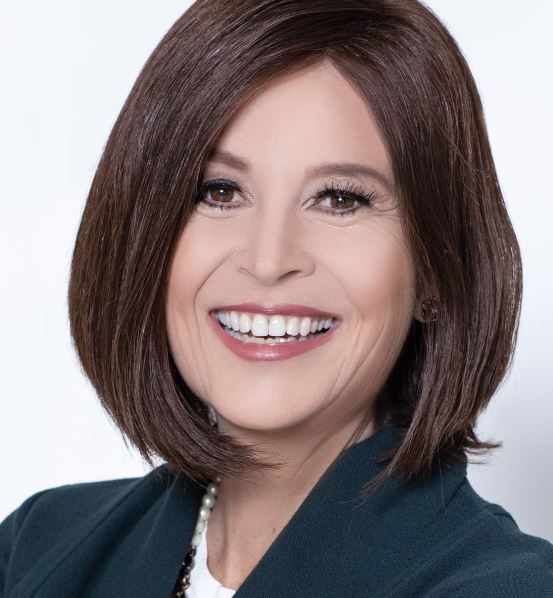Healthcare leaders, departments and organizations with on-purpose brands elevate patient care and propel themselves forward.
This blog was originally published on swaay.health.
Stacey Parkin is the chief patient experience officer of a large health system in Washington state. For her, improving the patient experience is personal—and a key element of her executive personal brand.
“Having a child with a congenital heart defect and a mother with MS, I have navigated the healthcare system for years and wanted to make it better from the inside out,” she says in an article from Healthcare Innovation. “I am passionate about my work and making the experience more seamless and personal.”
Having such clarity about their purpose and where it comes from helps healthcare marketers like Stacey build trust and credibility with patients.
A healthcare marketer’s executive personal brand is in turn very important to medical facilities, as patients develop their impressions about a facility based on their interactions with the professionals they meet there.
Executive personal branding—for individual marketers, whole departments and even boards and entire organizations—is a key tool for clarifying purpose, deepening conviction about that purpose and finding the best ways to express it. Done right, personal branding helps leaders, their organizations and ultimately, their patients.
So, what exactly is executive personal branding? And how can you, your team and your organization use it to create a sustainable positive impact on individual, team and organizational performance that will lead to a top level of patient care?
What Is Executive Personal Branding?
Executive personal branding is about excavating what you stand for, who you would most like to serve and the transformation only you can create for them.
It’s also about learning how to do a good job when you tell everyone you meet, in every setting, about your brand. Going through an executive branding process should help you ably and confidently answer the age-old business question, “So, what do you do?” It can also help you build an effective LinkedIn profile, prepare an on-brand all-staff presentation, write a CV that will help you get an interview and then give an amazing interview.
Executive personal branding is also about affirming your brand. After you go through the process, you will be able to feel your brand in your bones and share it with conviction.
The Power of Taking Personal Branding Past the Individual Level
I have worked with many individual healthcare leaders to refine their executive personal brands. Knowing what you stand for, who you most want to serve and how to express those two things is powerful in helping individuals take their next right steps.
And executive personal branding can be even more powerful and transformational when groups of leaders look at it together.
In addition to working with individual leaders as a consultant, I’ve facilitated the development of marketing department brand manifestos as a chief marketing officer, ensuring that everyone in the department aligned on why the group existed and exactly how it was meant to serve the organization.
As a CEO, I’ve worked with C-suite leadership teams on the brand message for the high-traffic “About” page of the organization’s website. In the CEO role, I’ve also worked with board members, enabling them to align with a brand manifesto for their organization, a document that goes beyond vision, mission and values to emotionally describe why and who their organization exists to serve.
It is exciting for everyone involved when branding goes throughout the organization. The patient experience benefits when staff engagement goes up as the process progresses, and each team member becomes more effective in building trust and credibility with everyone they serve.
Try This On: An Executive Personal Branding Exercise
In my executive branding work with leaders at all levels, I present numerous small exercises as part of Excavate-Tell-Affirm™ process to help them clearly articulate their foundational purpose. Here’s a three-minute example you can try right now:
Take out a piece of paper and make two columns on it, one with the header, “More of this, please,” the other with the header, “Less of this, please.” Spend two minutes completing your table. Think about all aspects of your life as you compile your answers: spirituality, health, style, relationships (family, friends, community), work, finances, recreation, social and learning. Write down what comes top of mind.
Now, look at your list. What stands out to you? When you think of your executive personal branding, what gives you energy when you do it? What would you like to say yes to?
There are many more strategies and tools for developing an executive personal brand for yourself, your department, your C-suite, your board and your whole organization. Learn more by taking our self-paced online course, and let us know how we can help.

